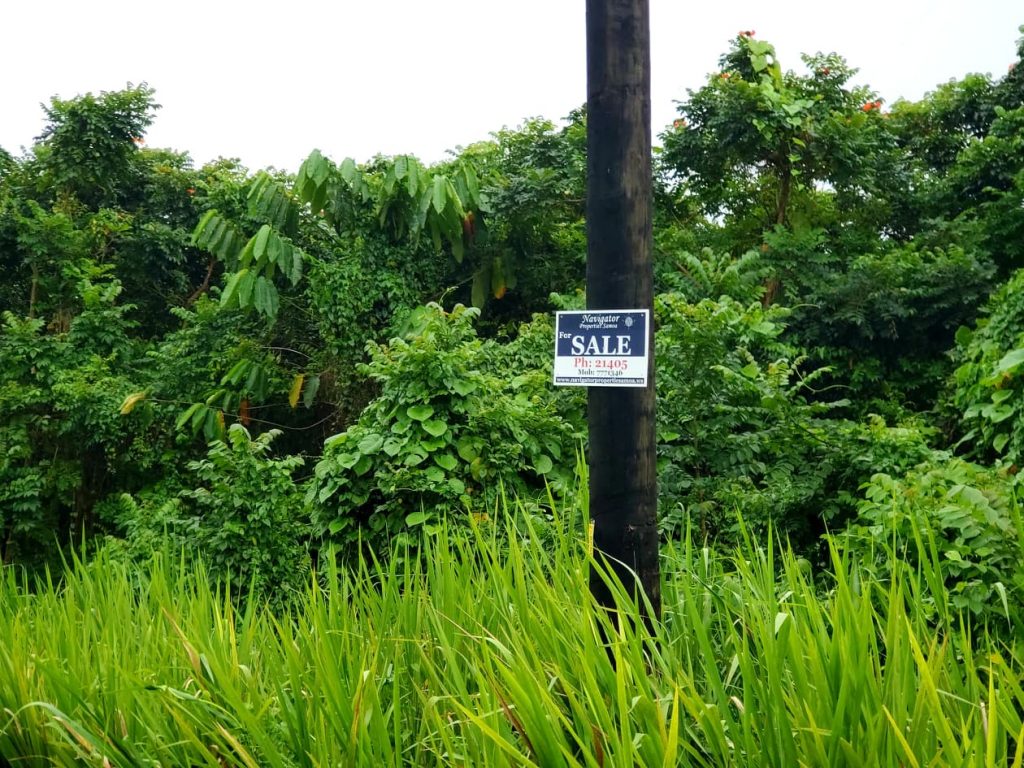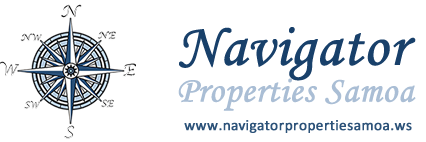Understanding Land Classifications in Samoa

When buying a property in Samoa misconceptions surrounding property ownership can act as a barrier for those who are seeking to own or invest in property. A recent publication from Chris Grant, Land Administration Consultant, may assist to clarify property ownership, but more specifically land ownership in Samoa. This excerpt is taken from the recent case study publication. The link is included below.
In Samoa the Constitution classifies all land as customary land, freehold land or public land. Over than 80 per cent of land is held under customary ownership. This leaves approximately 12 per cent freehold and 7 per cent of public land (which is sometimes referred to as Government land).
Freehold land
Freehold land accounts for about 12 per cent of Samoa’s land. Most of it is in Apia and the surrounding urban area. Because of the limited area of freehold land and the increasing number of people seeking to purchase it, land values are increasing rapidly.
How freehold land is used is not subject to customary authority, even if the land is located in a village. Freehold land is registered in the Land Registry under a deeds system established before independence in 1962.
Customary land
In Samoa, more than 80 per cent of land is held under customary ownership. Customary land is protected by the Constitution for the ‘customs and usage’ of the people of Samoa and is held in the name of a particular titleholder (matai) who has authority (pule) over the land. Every Samoan can access land that provides a livelihood and means of family support. The matai determines how land is distributed among family members for their use.
Customary land is essentially outside the parameters of the formal land registration system and cannot be conveyed or mortgaged. Customary land can be alienated in only two ways.
- Land can be leased to a person or corporation approved by the matai. The Alienation of Customary Land Act 1965 appoints the Minister of Lands to act as trustee for the owners and to sign the lease. The Act requires the Registrar of Lands to register the lease in the Land Registry, a public record administered by the Division of Land Management in the Ministry of Natural Resources and Environment.
- Land can be taken by the government, pursuant to the Taking of Land Act 1964, for a ‘public purpose’. The land taken must be registered as public land in the Land Registry. The majority of customary land has not been surveyed. Boundaries are primarily based on years of occupation and traditional knowledge. The Land and Titles Court resolves disputes over ownership and boundaries. Under the Land and Titles Act 1981, its decisions are meant to be registered in the Land Registry.
Public land
Public land is defined as land vested in the state that is free from either customary or freehold title. Public (government) land is presently estimated to be about 34 500 hectares or 7 per cent of Samoa’s land mass. The Land Board administers all public land.
This excerpt is taken from a recent case study publication from Dfat. The link is included here below.
(available at: https://www.dfat.gov.au/sites/default/files/MLW_VolumeTwo_CaseStudy_13.pdf).
